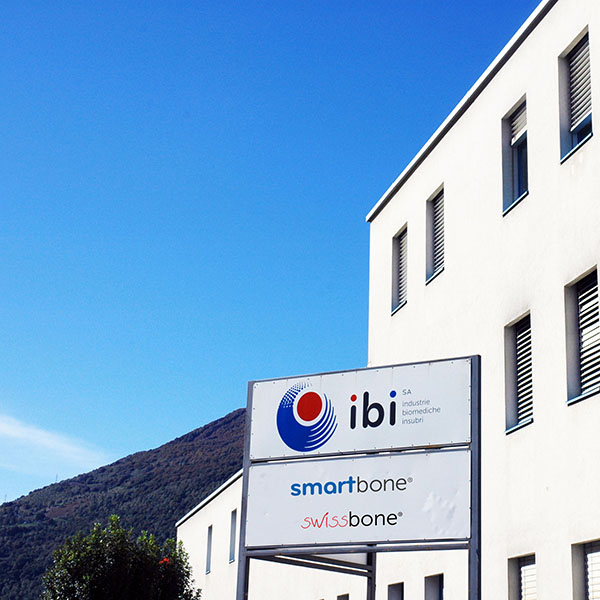CLOSE

Date:
2018
Journal:
In Orthopaedic Proceedings (Vol. 100, p. 114)
Author:
G. Perale, I. Roato, D.C. Belisario, M. Compagno, F. Mussano, T. Genova, F. Veneziano, G. Pertici, R. Ferracini
Link:

Intra-articular infusions of adipose tissue-derived stem cells (ASCs) are a promising tool for bone regenerative
medicine, thanks to their multilineage di erentiating ability. One major limitation of ASCs is represented by
the necessity to be isolated and expanded through in vitro culture, thus a strong interest was generated by the
adipose stromal vascular fraction (SVF), the non-cultured fraction of ASCs. Besides the easiness of retrieval,
handling and good availability, SVF is a heterogeneous population able to di erentiate in vitro into
osteoblasts, chondrocytes and adipocytes, according to the di erent stimuli received. We investigated and
compared the bone regenerative potential of SVF and ASCs, through their ability to grow on SmartBone®, a
composite xenohybrid bone sca old. SVF plated on SmartBone® showed better osteoinductive capabilities
than ASCs. Collagen I, osteocalcin and TGF markedly stained the new tissue on SmartBone®; microCT analysis
indicated a progressive increase in mineralised tissue apposition by quanti cation of newly formed trabeculae
(3391 ± 270,5 vs 1825 ± 133,4, p± 0,001); an increased secretion of soluble factors stimulating osteoblasts, as
VEGF (153,5 to 1278,1 pg/ml) and endothelin 1 (0,43 to 1,47 pg/ml), was detected over time. In conclusion, the
usage of SVF, whose handling doesn’t require manipulation in an in vitro culture, could de nitively represent
a bene t for a larger use in clinical applications. Our data strongly support an innovative idea for a bone
regenerative medicine based on resorbable sca old seeded with SVF, which will improve the precision of stem
cells implant and the quality of new bone formation.
Comment

IBI SA
Industrie Biomediche Insubri SA
via Cantonale 67, CH-6805 Mezzovico-Vira, Switzerland
t. +41 91 93.06.640
f. +41 91 220.70.00